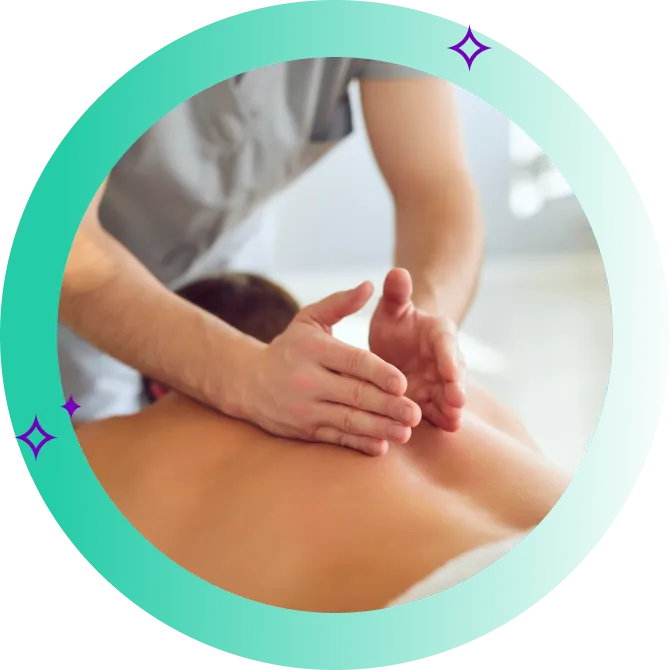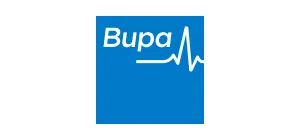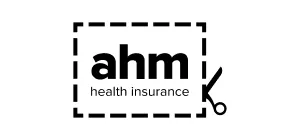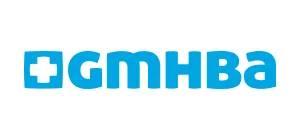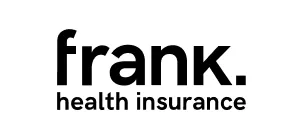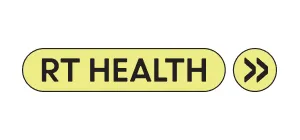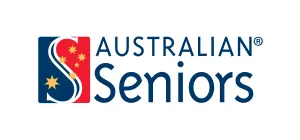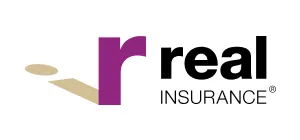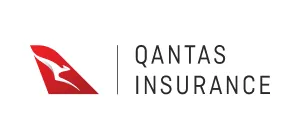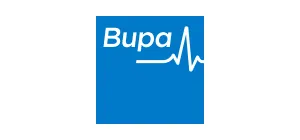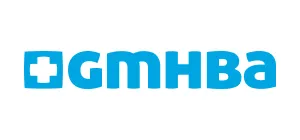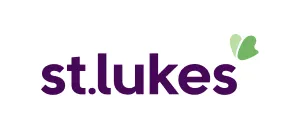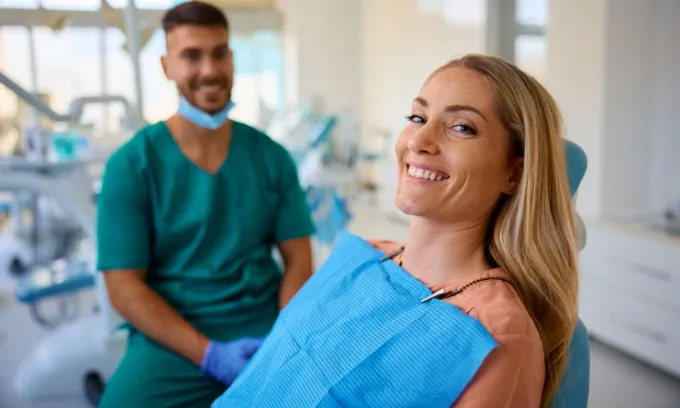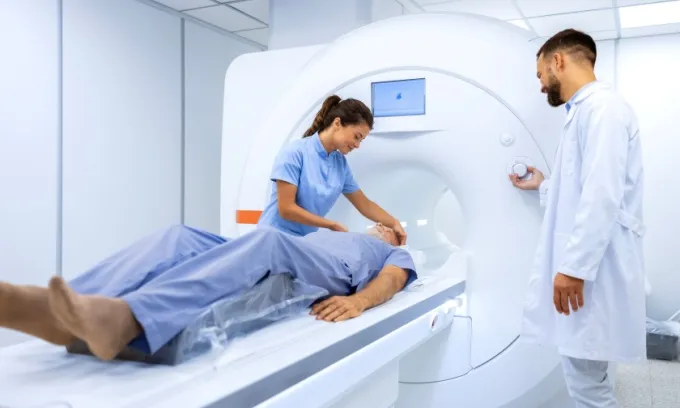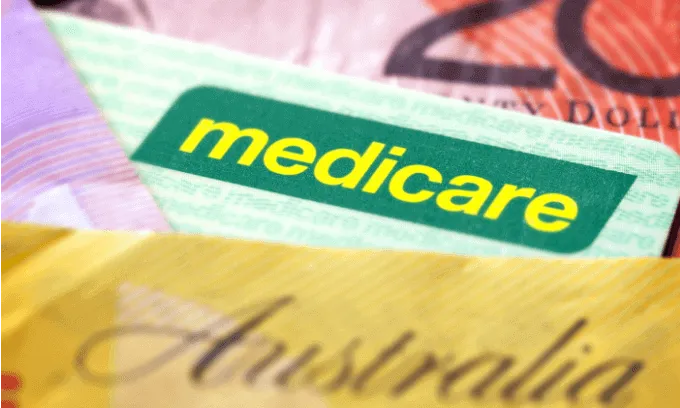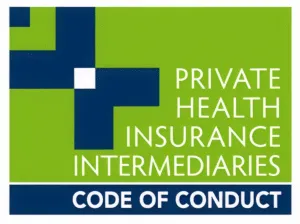What is remedial massage?
Remedial massage is a type of therapy that is used to help treat muscles that are knotted, tense, stiff or damaged, according to the Australian Natural Therapies Association. Remedial massage may also help with other conditions affecting the muscles, tendons or ligaments, and is a common therapeutic technique in sports medicine.
Healthdirect, the Australian national virtual public health information service, says remedial massage may be sought for neck, shoulder or back pain, chronic pain or sports injuries. as well as for a broad range of other purposes.
What is the difference between remedial massage and other types of massage?
Remedial massage is a therapeutic technique aimed towards treating the body through medical massage techniques, making it different from other kind of massage, such as relaxation massage.
According to the Association of Massage Therapists, remedial massage can assist in rehabilitation, pain and injury management. It can also involve a range of manual therapy techniques, such as deep connective tissue massage and trigger point therapy.
What health insurance policies cover remedial massage?
Remedial massage is covered under most health insurance extras policies. You can take out extras health insurance policies on its own or combined with hospital cover.
It’s worth noting that private health insurers are no longer able to cover certain natural therapies. For example, insurers can no longer cover pilates, yoga and naturopathy. However, remedial massage was not affected by this change.
Is remedial massage covered by Medicare?
Medicare does not cover remedial massage. Medicare covers some hospital, medical and pharmaceutical health care costs. For example, it covers the cost of seeing a GP or specialist and getting tests and scans, such as x-rays. It generally does not cover certain costs such as dental, physiotherapy, chiropractic or massage. These are instead covered by private health insurance. Remedial massage is usually covered under extras health insurance.

